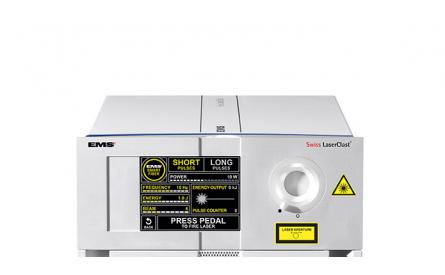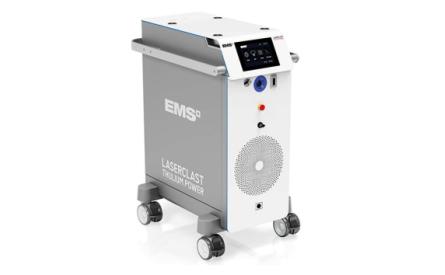
For treatment of ureteric or kidney stones
Understanding the procedure
Ureteroscopy is an endourological procedure involving the passage of a compact fiberoptic instrument called a ureteroscope through the urethra, bladder and beyond up the ureters and kidneys. It serves as a minimally invasive diagnostic and treatment modality of the urinary tract with the superb possibility of reaching the exact position where the stones are located.

History of the Flexible Ureteroscopy
The first upper urinary tract endoscopy device was modelled on a pediatric cystoscope, which initially served as a rigid ureteroscope with passive deflection. The possibility of reaching ureters and gaining non-invasive intrarenal access evolved with the first common application - ureteroscopic treatment of distal calculi.
Image transmission in rigid utererscopes progressed over time from lens-based to fiberoptic with the additional outer-diameter miniaturization. Complications associated with the relatively narrow lumen and fragility of the ureter have led to significant technological improvements and the introduction of flexible ureteroscopy (fURS).
The superiority of flexible ureteroscopes
A flexible ureteroscope distinguishes itself from the previous devices by having an additional working channel (for irrigation or accessories e.g. a laser), active tip deflection and reduced stiffness of the materials for better manipulation and patients safety. Further developments have brought digital imaging ensuring full clarity in the operative field and miniaturization of the equipment. Modern flexible ureteroscopes have an average of 8F in tip diameter and are capable of reaching the upper urinary tract without intramural dilatation or trauma.

Stone Management - Deciding on a Treatment Modality

Choosing a suitable treatment modality for the active removal of kidney stones is widely debated in urological societies. According to the Guidelines on Interventional Treatment for Urolithiasis [2], technical improvements and the wide availability of disposables caused the rise in the popularity of URS. Moreover, f-URS is associated with a shorter operating time and lower complication rate (9-25%, mostly minor, without the need for intervention) [2]. For renal stones <20 mm both percutaneous nephrolithotomy and ureteroscopy are first-line treatment options (grade of recommendation - GR B). The same modalities are suggested by the European Urology Guidelines [2] for active treatment of lower pole stones, even >15mm. The most recommended (GR B) combination in endourological stone removal is Ho:YAG laser with flexible ureteroscopy.
Drawbacks of fURS
Flexible ureteroscopy for stones >20 mm has lower stone-free rates and may require the staged procedure. Therefore, f-URS is a possible second-line treatment for large renal calculi.
The equipment used during fURS
Stone management devices
Depending on the choice of the endoscope, a surgeon has several options for the removal of urinary stones.
- Through a semi-rigid ureteroscope, the surgeon can visualize the stone, disintegrate and evacuate it using the Swiss LithoClast® Trilogy or the Swiss LithoClast® Master.
- Through a flexible ureteroscope (see below), the surgeon can perform an intracorporeal lithotripsy procedure and stone evacuation using the LaserClast® 35 or the new LaserClast® Thulium Power.
Laser lithotripsy - laser fiber that emits a narrow beam is inserted into the working channel of the ureteroscope and reaches up to the stone. The stone is then fragmented into smaller pieces or even dust which are removed with a basket or eliminated in the urine.
Learn more about laser technology in the field of urology
Substantial technological progress in the endoscopic field has resulted in the development of actively deflectable, flexible endoscopes, which allow for access to the entire intrarenal collecting system in almost all patients.
- With improvements in image bundle construction, it has become possible to pack much more fibers at a closer distance and consequently obtain bigger working channels, better quality images and smaller outer diameters. Wider working channels have made it considerably easier to pass the endoscope through, further broadening the therapeutic applications.
- More centrally placed working channels and better distribution of the light in the operation field are possible due to the distal splitting of light bundles into more than one point of light transmission.
- Wires running down from the manually operated lever through the length of the endoscope create the deflection mechanism. It allows for maneuverability within the intrarenal collecting system of the kidney. State-of-the-art ureteroscopes have continuous, controlled dual deflection with increased downward and upward bending up to 270 degrees.
These significant improvements have transformed ureteroscopes from a diagnostic device to an excellent tool used in minimally invasive urology.



